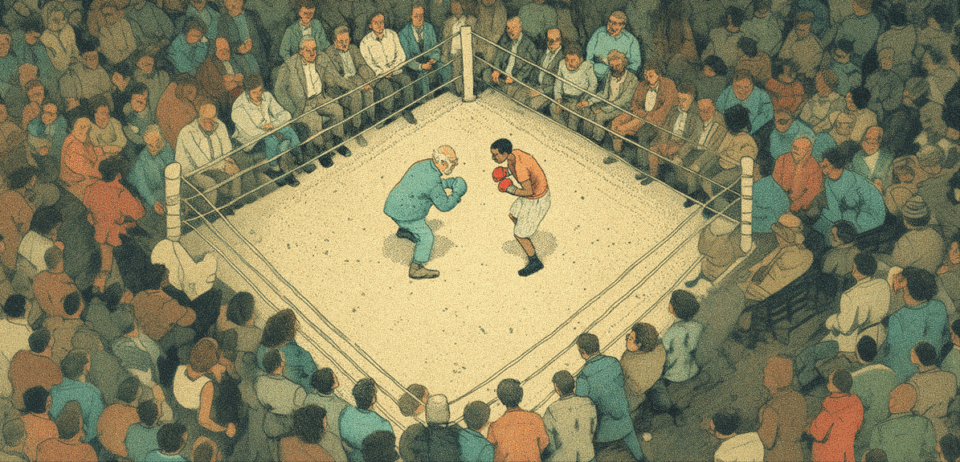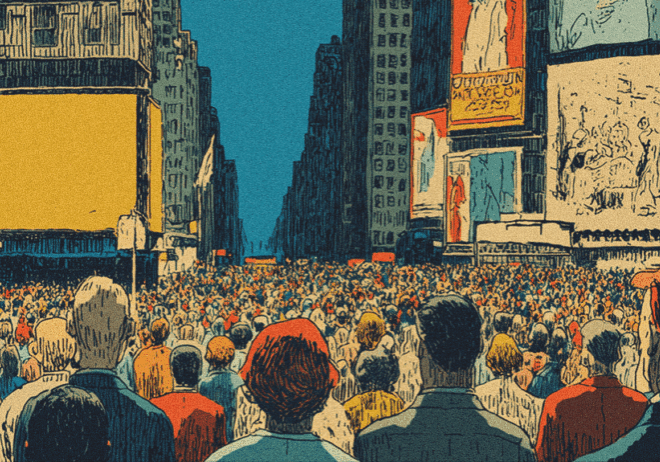
Legacy Media vs Digital Media in the Battle of the Attention Economy
There’s a quiet tug-of-war happening every second your screen is on—and no, it’s not between streaming apps and social feeds. It’s between legacy media and digital media, both desperately scrambling for a currency we barely realize we’re spending: attention.
In this world of endless scrolling, skipping, swiping, and streaming, attention is the commodity. But it’s also the battlefield. And while digital media seems like the shiny, newer player, legacy media isn’t exactly limping behind. In fact, when it comes to monetizing attention, the old-school giants still have some sharp tricks up their sleeves.
So, where does this leave advertisers and publishers? Let’s dive in.
The era of multitasking media
Once upon a time, consuming media meant sitting down with the morning paper or watching the 9 p.m. news. Now, it means watching a Netflix show while shopping on Amazon, checking Instagram reels during commercial breaks, or doomscrolling on X while a podcast drones in the background.
According to a 2025 McKinsey report, the average American now spends around 13 hours a day engaging with the media. And not one screen at a time—most people, even baby boomers, are juggling at least two. Programming executives have clocked this shift too. Writers are told to assume viewers will be distracted, with one eye on the screen and one thumb on their phones.
This multitasking monster has created a Frankenstein problem: too much content, on too many platforms, consumed across too many devices—at once.
So much attention, so little revenue
You’d think more eyeballs would mean more money, right? Think again.
Despite the boom in content and platforms, inflation-adjusted media revenue has barely budged. Legacy formats—cable TV, newspapers, movie theaters—might be losing viewers, but they’re still more efficient at converting attention into revenue. Digital media? Not so much.
Let’s talk numbers. McKinsey’s analysis of 20 media arenas shows just how lopsided the monetization game really is. For example:
- Live sports generate $33 per hour
- Amusement parks rake in $24 per hour
- Live concerts sit at $17 per hour
But digital music? Just $0.12 per hour.
Podcasts? A pitiful $0.05 per hour.
Even social video—one of the hottest, fastest-growing sectors—pulls only $0.25 per hour.
In comparison, legacy print media, despite its decline, still outpaces most digital formats in terms of monetization. Your Sunday newspaper might not trend on TikTok, but it still brings in better revenue per reader hour than many viral videos.
Advertisers are caught in the crossfire
For advertisers, this fragmentation is both a nightmare and an opportunity. You can reach more people in more ways than ever before—but good luck holding their attention long enough to deliver a message, let alone convert it into action.
Legacy media still offers a kind of predictability. A print ad in a magazine or a 30-second spot on prime-time TV doesn’t have to fight for its place the way a brand partnership on TikTok does. But the reach of those traditional formats is dwindling. Fewer people tune in. Even fewer care.
Digital platforms, on the other hand, offer hyper-targeting, data-rich insights, and interactivity. But the engagement? It’s fleeting. One second a user is captivated, the next they’re distracted by a cute dog video or a comment war on Reddit. Attention doesn’t stick. And without that stickiness, monetization becomes a game of volume over value.
Publishers have a monetization crisis
Digital-first publishers are facing a brutal reality: growing consumption doesn’t guarantee growing profits.
Let’s take social media platforms. Their revenue per hour is projected to grow—10% annually for social media, 7% for social video, per McKinsey—but even then, they fall in the middle of the monetization ladder. Compare that with video games or linear TV, and the gap becomes obvious.
So what’s the fix? Publishers either need to stretch out the time users spend on their platforms or make each second more profitable. That might mean better ad formats, tighter paywalls, or smart partnerships with brands. But it also means rethinking the kind of content they produce. The “volume game” isn’t sustainable if each view is worth mere cents.
The line Between legacy and digital is blurring
There’s also a growing hybrid zone. Think New York Times with its mini-documentaries on YouTube. Or Netflix, a digital platform, behaving like a legacy studio by investing in live sports and blockbuster films. The battle isn’t just between old and new; it’s about who can adapt faster and monetize smarter.
Legacy media is retreating from the frontline but still holds power. Digital media is advancing, but with lower profitability. And in between lies a chaotic middle ground where both are trying to figure out what works.
Quick takes on the attention war
Why is digital media less profitable despite higher consumption?
Because attention doesn’t equal intention. Just because someone watches a TikTok video doesn’t mean they’ll buy something, subscribe, or stick around. Monetization in digital spaces is more dependent on micro-engagements, which are harder to scale profitably.
Should advertisers go all-in on digital or stay loyal to legacy?
Neither. A smarter strategy is blending both. Use legacy for trust and authority, digital for reach and interactivity. The brands winning today are those balancing prestige placements with algorithm-friendly formats.
Is the attention economy sustainable?
Not in its current state. If monetization doesn’t catch up with consumption, we’ll see consolidation, paywall fatigue, and eventually burnout—on both the consumer and creator sides.
In the grand scheme of media evolution, we’re somewhere in the middle of a messy shift. Legacy media still knows how to make every second count. Digital media knows how to grab seconds in bulk. But the future? It’ll belong to whoever figures out how to do both.
Cut to the chase
Legacy media vs digital media turf war has been going on for a long time. But, what are we witnessing that the alterations coming in. Advertisers and publishers must understand the economy of scarcity attention and that’s how they win.

